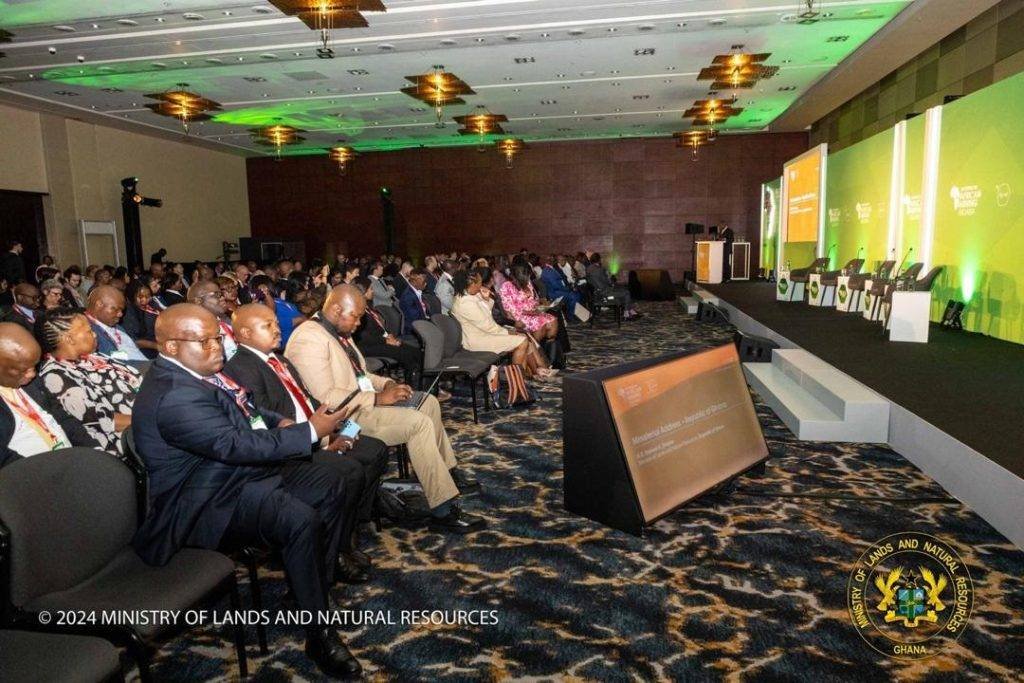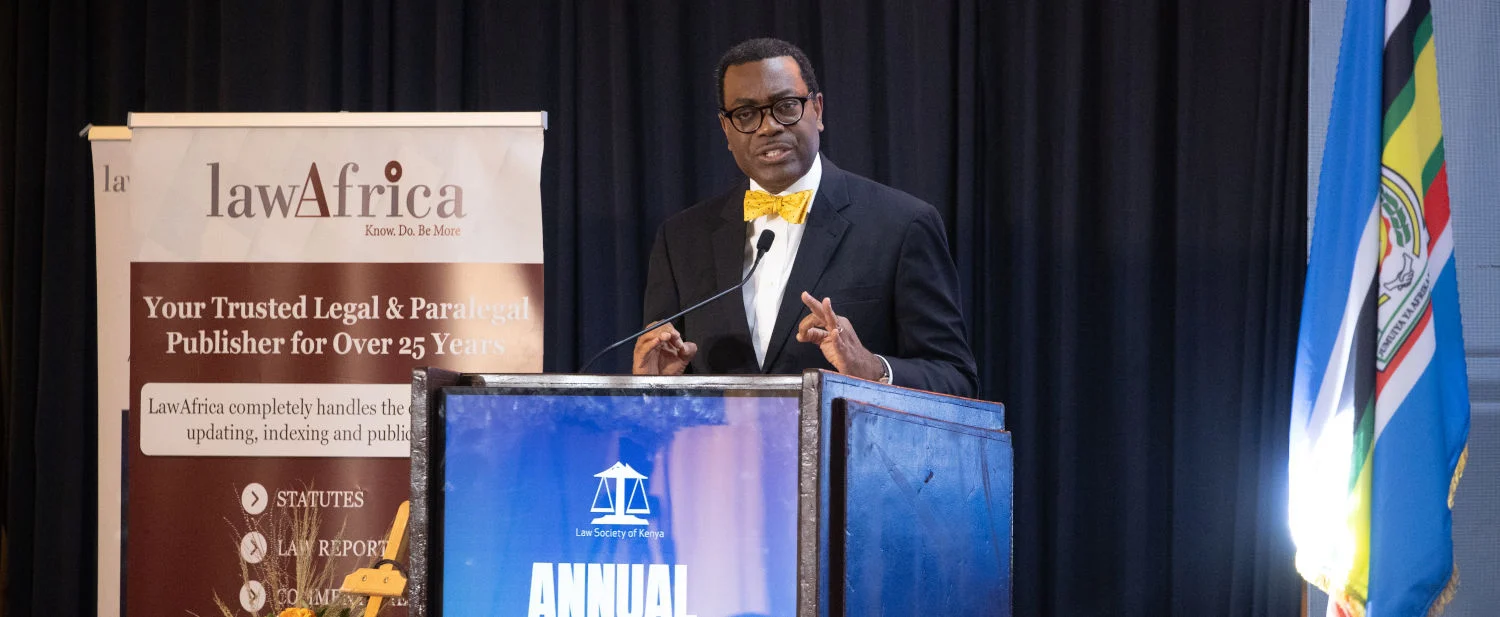
…Why beginning with your real business, community and environmental value proposition is the fastest route to effective ESG integration.
By Prof. Wayne DUNN (President & Founder, CSR | ESG Training Institute)
Across Ghana and around the world, organisations are hearing the same message from investors, customers, regulators and even employees: “We need to see your ESG report.” For some, it’s already a compliance requirement. For others, it’s a near certainty in the coming years; for others, it is a differentiation opportunity.
Unfortunately, many businesses make the same costly mistake—they start their ESG journey by wrestling with complex reporting frameworks, templates and management systems and engaging expensive consultants. The result? Weeks or months lost, resources drained and frustration high, all before any real value is created.
That’s not the best way forward.
Start with your real value proposition
The most successful ESG journeys don’t start with reporting frameworks—they start with value and simplicity.
The first question every organisation should ask is: How can ESG integration create value for our business—and simultaneously for our community, society, environment and stakeholders?
This value-based approach shifts ESG from being “something we have to do” to “something that helps us grow, builds value, strengthens our reputation and attracts opportunity.”
Real-world example: The hidden ESG story
Consider Baraka Shea Butter (www.barakasheabutter.com), a Ghanaian company that sources ethically produced shea butter. They train women cooperatives on sustainable harvesting practices, ensure fair pricing and invest in community development. They’ve never called it complex “ESG reporting,” but these activities create powerful business value.
By identifying these activities as ESG value drivers and communicating them clearly, they’ve achieved:
- Brand differentiation through authentic impact stories that attract customers
- Customer loyalty demonstrated by over 17,000 five-star reviews
- B2B partnerships with businesses actively seeking them out for their values-aligned approach
- Supply chain resilience through strong community relationships
Their ESG reporting is so simple and effective that they’ve condensed it onto a 4×6 card that goes in every one of their 5,000 orders each year. Using QR codes, customers can instantly connect to detailed impact stories across environmental, social and governance dimensions. This is brilliant ESG communication—connecting customers directly to impact through a simple framework.
This is the power of starting with value—recognising the ESG impact you’re already creating and communicating it in ways that drive business results.
Steps for value-first ESG reporting
For businesses:
- Identify your core ESG value propositions — how does ESG integration create value or mitigate risk for your specific business model?
- Map current ESG-related activities—don’t overlook small wins like reducing energy use, improving employee safety or sourcing locally
- Identify the three most significant environmental, social and governance impacts—both positive and negative
- Establish baseline measurements for energy use, waste production, employee satisfaction and community investment
- Build your ESG communications around these core elements
For government & public sector entities:
- Identify your core ESG value propositions — how does ESG integration create value or mitigate risk for your organsation and constituents?
- Map activities against the Sustainable Development Goals (SDGs) most relevant to your mandate
- Align with IFRS S1 & S2 structures early to position for future reporting requirements
- Identify “quick wins” that can be communicated immediately to stakeholders and international partners
Keep it simple and authentic
The best ESG reporting is often the simplest, focusing on what matters most to your business and your stakeholders. You don’t need to cover every ESG topic—focus where your impact is strongest and where stakeholders have expressed genuine interest. Stakeholders prefer clarity, humility and authenticity over jargon-heavy documents.
Embrace transparency and humility. If you’re short of where you want to be in a key area, own it and clearly identify what you plan to do. Then do it. Stakeholders much prefer honest acknowledgment of challenges and clear improvement plans to greenwashing or overclaiming impact.
Many successful organisations, like Baraka, have designed their own simple frameworks rather than wrestling with complex industry standards. Stay focused on value creation and communicate with humility. If you have partners contributing to your impact, share the credit liberally—this builds stronger relationships and demonstrates authentic collaborative leadership.
Don’t let frameworks like GRI, SASB or IFRS S1 & S2 intimidate you. They’re valuable tools, but they’re not starting points. Once you have clarity about your ESG value drivers and stakeholder priorities, frameworks can help structure your reporting. Without that clarity, they become an expensive distraction.
Resources to get you started
The CSR | ESG Training Institute Knowledge Centre offers practical tools and resources designed to help organisations of all sizes cut through complexity and focus on what really matters:
- ESG Strategy Fundamentals (https://youtu.be/WkE_rBpIDLI)
- Practical ESG Implementation (https://youtu.be/NfviVPs9TOk)
- ESG Communications Best Practices (https://youtu.be/GauX1hiWKLo)
- Your First ESG Report: A Complete Guide for Business Success (https://www.csrtraininginstitute.com/knowledge-centre/articles/your-first-esg-report-a-complete-guide-for-business-success/)
These resources are free, actionable and designed to simplify your ESG journey from day one.
The competitive edge of starting with value
When you lead with value, your ESG report becomes more than a compliance exercise—it becomes a competitive advantage. You can:
- Attract investment by showing clear, measurable impact
- Reduce risk by building stronger stakeholder trust and relationships
- Improve operational efficiency by focusing on high-value initiatives
- Improve access to markets and opportunities through demonstrated ESG value and stakeholder alignment
- Position your organisation as a leader in your sector
The global shift toward sustainability is accelerating. Businesses and governments that move first—and communicate effectively—will capture the greatest benefits.
Final thought
Don’t let ESG complexity stop you from starting. The most profitable, impactful and credible ESG communications often come from the simplest beginnings. Start with value. Communicate clearly. Grow from there.
ESG done right isn’t about producing the thickest report or the most complex format—it’s about delivering the clearest story of how your organisation creates value for business, society and the planet, and helping you to create and capture even more value.
Next week, we’ll dive into IFRS S1 & S2 requirements and what Ghanaian organisations need to know about mandatory sustainability disclosure standards—with practical tips for compliance that builds on the value-first approach we’ve outlined.
About the author
Prof. Wayne Dunn is President & Founder of the CSR|ESG Training Institute and former Professor of Practice in CSR at McGill University. The institute’s ESG & Sustainable Finance Certified Masterclass takes place September 29-October 2, 2025 in Accra.
The post ESG reporting made easy: Start with value, not complexity appeared first on The Business & Financial Times.
Read Full Story




















Facebook
Twitter
Pinterest
Instagram
Google+
YouTube
LinkedIn
RSS